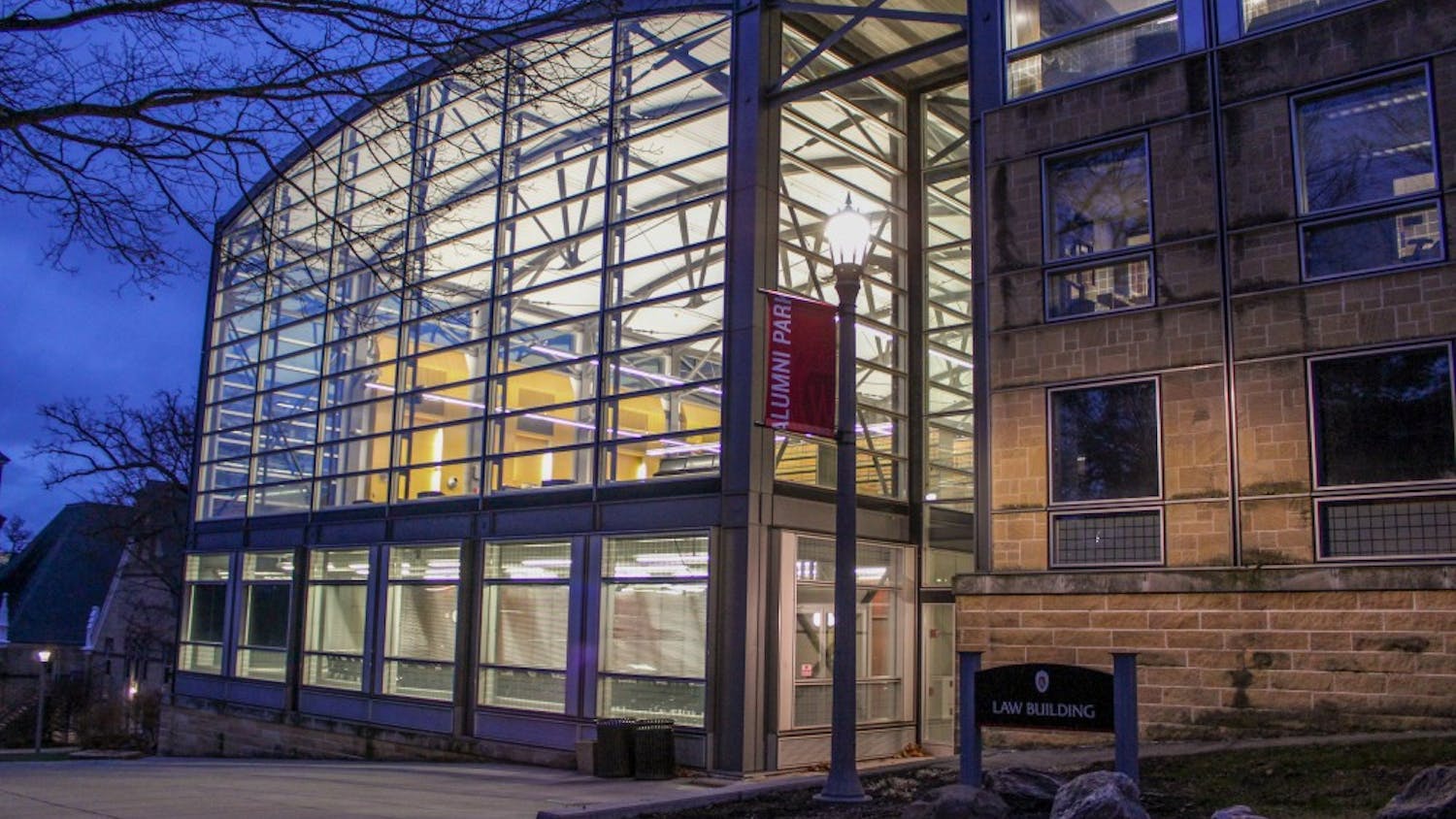The wide, gaping hole on Observatory Drive may make students stop in wonder at the area, which stretches approximately one city block.
But by 2007, this hole will transform into a new Microbial Sciences Building that will relocate three major campus science departments into one large facility, representing Wisconsin's push to boost research advances in areas such as biotechnology, food safety and health.
The six-floor structure will eventually cover 330,000 gross square feet, costing approximately $120.5 million in state funds, federal and private grants.
The new facility will house the departments of medical microbiology and immunology, bacteriology and food microbiology, and toxicology, all of which are currently spread around campus. By consolidating these science departments, Wisconsin hopes to facilitate the sharing of knowledge and technology.
\It allows us to get three groups of people who are all experts in microbiology but who approach problems in very different ways to be housed under the same roof,"" bacteriology professor Tim Donohue said.
""But an even more important part is we're going to have cross-fertilizations by bringing together these different departments and synergies that will result from these cross-communications,"" Bacteriology Department Chair Glenn Chambliss said. ""We'll learn from them and they'll learn from us.""
The MSB will conduct some federal research for the National Institutes of Health in areas like food safety, since federal grants partially fund the project, said Al Fish, associate vice chancellor for Facilities Planning and Management.
By focusing on biological research, Fish added that Wisconsin's Biostar initiative invests in a field he considers the ""scientific discipline of the 21st century.""
""This will position us to stay on the forefront of both cutting-edge research and significant federal grants for that research,"" he said.
The outside of the building will be built of brick and stone, creating a ""traditional but contemporary"" look, Fish said. The inside, however, will consist of modern state-of-the-art instructional laboratories and large sophisticated classrooms.
With not enough classroom space for students and the total number of bacteriology students down, the department particularly looks forward to the project's completion. Chambliss said the new building would lead to expanded lab facilities so more students can be taught effectively.
""Microbiology students will now be able to get the kind of training they deserve for the tuition they're paying,"" Donohue said.
""It's been a great project with a lot of cooperation from a lot of people from the chancellor all the way down to department chairs,"" Chambliss added. ""No one person has done it. It's a very large effort and it's an example of how people can work together cooperatively.\





